Countries
- Ethiopia
- Kenya
- Mozambique
- Benin
- Uganda
All foods are not created equally—some have exceptionally high levels of one or more nutrients that are important to human health, and, if consumed in greater quantities, could contribute significantly to improving dietary quality among population groups most vulnerable to malnutrition. Under this programme of work, GAIN has set out to: identify high-potential foods in the countries where we work; to understand the cultural and economic constraints to higher consumption, and to design and implement integrated solutions that will result in higher consumption. Some of this work includes crop and plant varieties unique to particular settings that are no longer commonly consumed, despite their nutritional value.
A number of foods are particularly rich in the nutrients that are commonly lacking in resource-poor populations such as iron, zinc, folate, vitamin A, calcium, and vitamin B12. Priority foods for improving dietary quality have been identified by GAIN researchers Ty Beal and Flaminia Ortenzi. When examples of these priority foods are also accessibly priced and can be produced in an environmentally sustainable manner, they become prime candidates for efforts to increase access and consumption by vulnerable groups.
Numerous barriers have been identified that prevent consumers from accessing these foods; they occur at all stages of the supply chain from production inputs right through to household behaviours. GAIN’s approach to analysing supply chain blockages is described here. More recently, we have used systems dynamics modelling to understand the potential of different intervention strategies. We also always use qualitative research methods to understand consumer motivation and behaviour.
Building on these insights, in 2022, GAIN began to implement a new generation of large projects targeting priority food value chains. Each project works on all of supply, demand, and the enabling environment and builds on existing investments to strengthen the relevant value chains. All of these projects will be assessed on their ability to change consumption frequency and quantity among low-income consumers, and the largest projects under this programme aim to improve the diets of over one million consumers.
Currently, we are working on: vegetables in Kenya, Benin and Uganda; milk and other dairy products in Ethiopia, and animal-source foods (eggs, poultry, and small dried fish) in Mozambique.
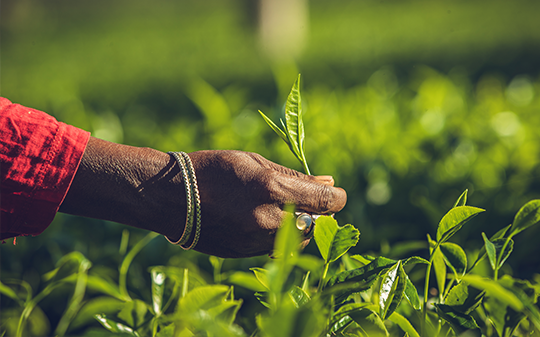
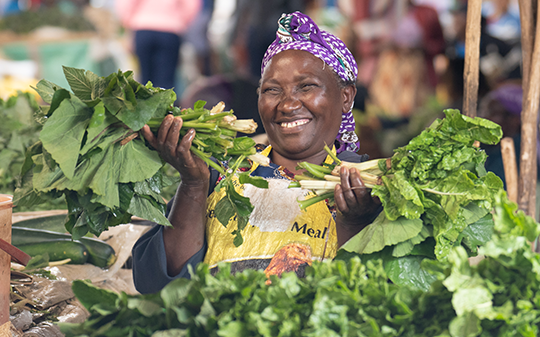
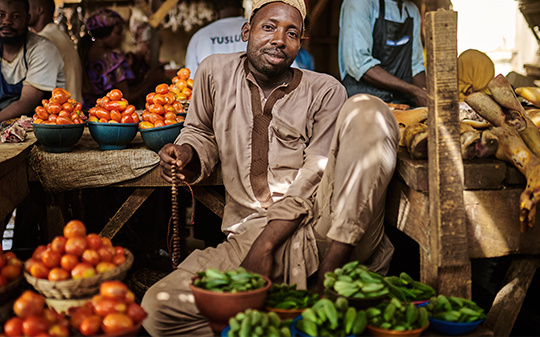
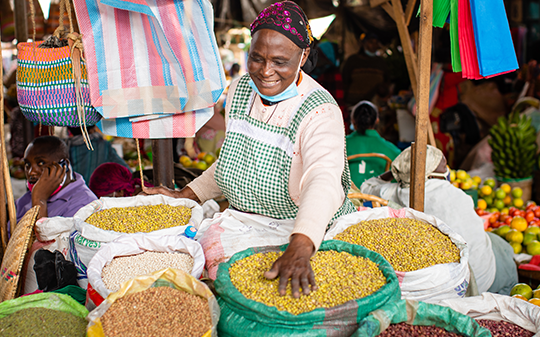
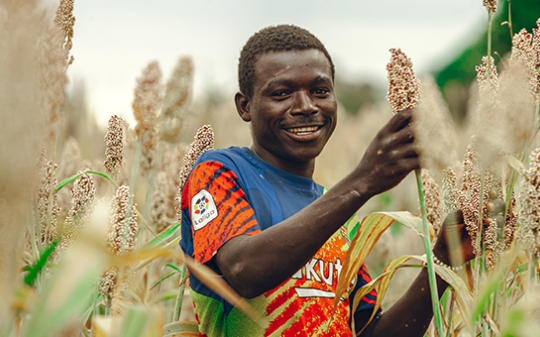
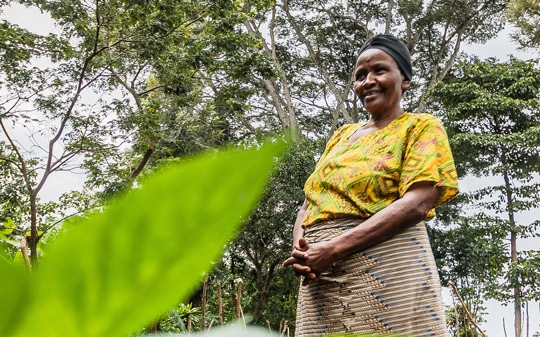

Director of Programme Services